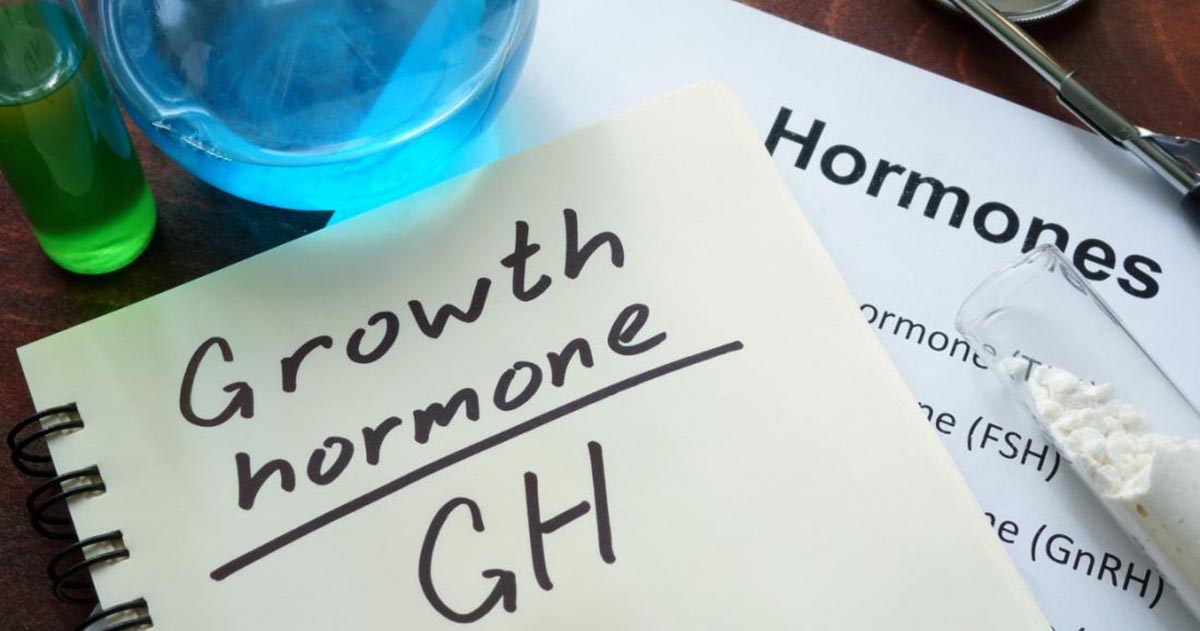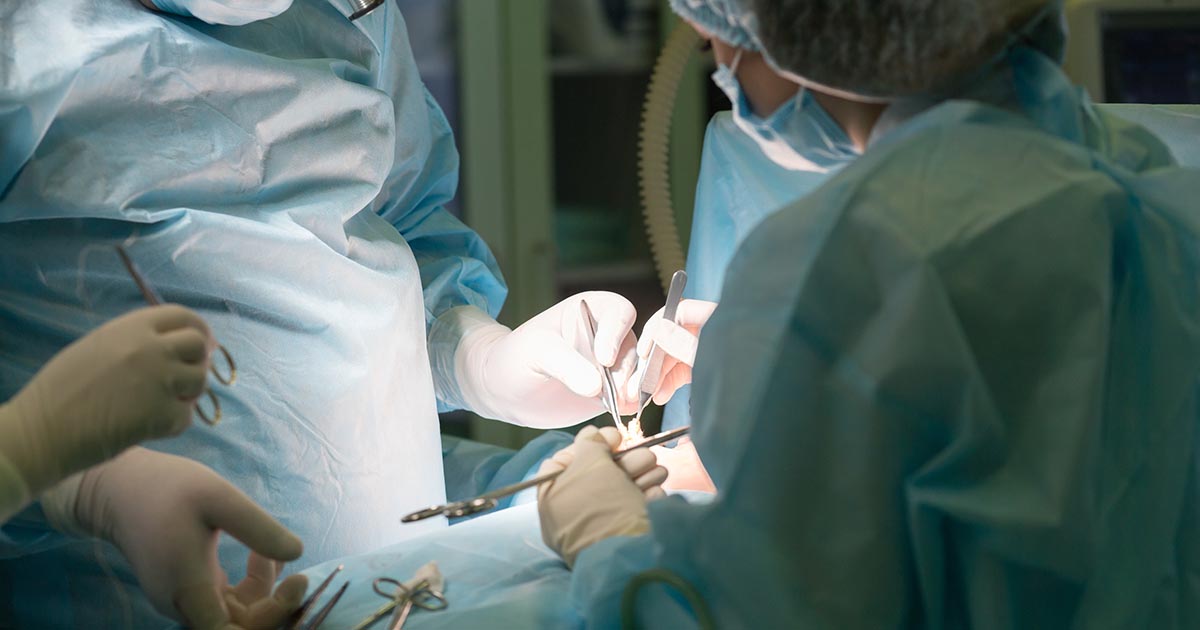Treatments For Aarskog Syndrome
Aarskog syndrome is a very rare genetic disorder that primarily affects males, though females can develop a milder version. Caused by a mutation in the X chromosome, it causes abnormalities in stature as well as the development of facial features, muscles, bones, and genitalia. Symptoms typically begin to present fully around the age of three. Individuals with Aarskog syndrome can present with a rounded face and broad forehead. The eyes can be spaced widely apart and slanted downwards. Individuals may have an underdeveloped upper jawbone and a small nose. The lips, teeth, and ears can also display a variety of visible abnormalities. The syndrome is a lifelong condition that does not currently have a cure. However, there are treatment options for those affected by it.
Surgical Procedures
Surgical procedures may be necessary to treat and fix some of the abnormalities and structural or congenital malformations caused by Aarskog syndrome. These abnormalities include hernias, hypospadias, cryptorchidism, and the more severe craniofacial features. Eye and dental examinations should also be undergone to determine if surgical intervention is needed to assist with vision, chewing, eating, and speech problems. Surgically treating a cleft lip is one of the most common interventions with regards to Aarskog syndrome, and surgeries may also be recommended to correct other defects. Intervening surgically will depend entirely on the specific symptoms that present, as well as their degree of severity.
Continue for more on treating Aarskog syndrome.
Growth Hormone Treatments

Because Aarskog syndrome can present in a multitude of ways and with distinct developmental abnormalities, the clinical care team is required to develop individualized, harmonized treatment plans. Some patients with Aarskog syndrome may experience significantly stunted growth. This is particularly evident in children. If this is the case, the clinical care team may recommend the patient undergo growth hormone treatments. This will only be recommended after height and growth rate have been monitored and evaluated. A comprehensive plan will be developed to determine expectations for growth hormone treatments, but the overall goal is to improve height in children severely affected by the syndrome.
Continue reading to learn more ways in which Aarskog syndrome is treated now.
